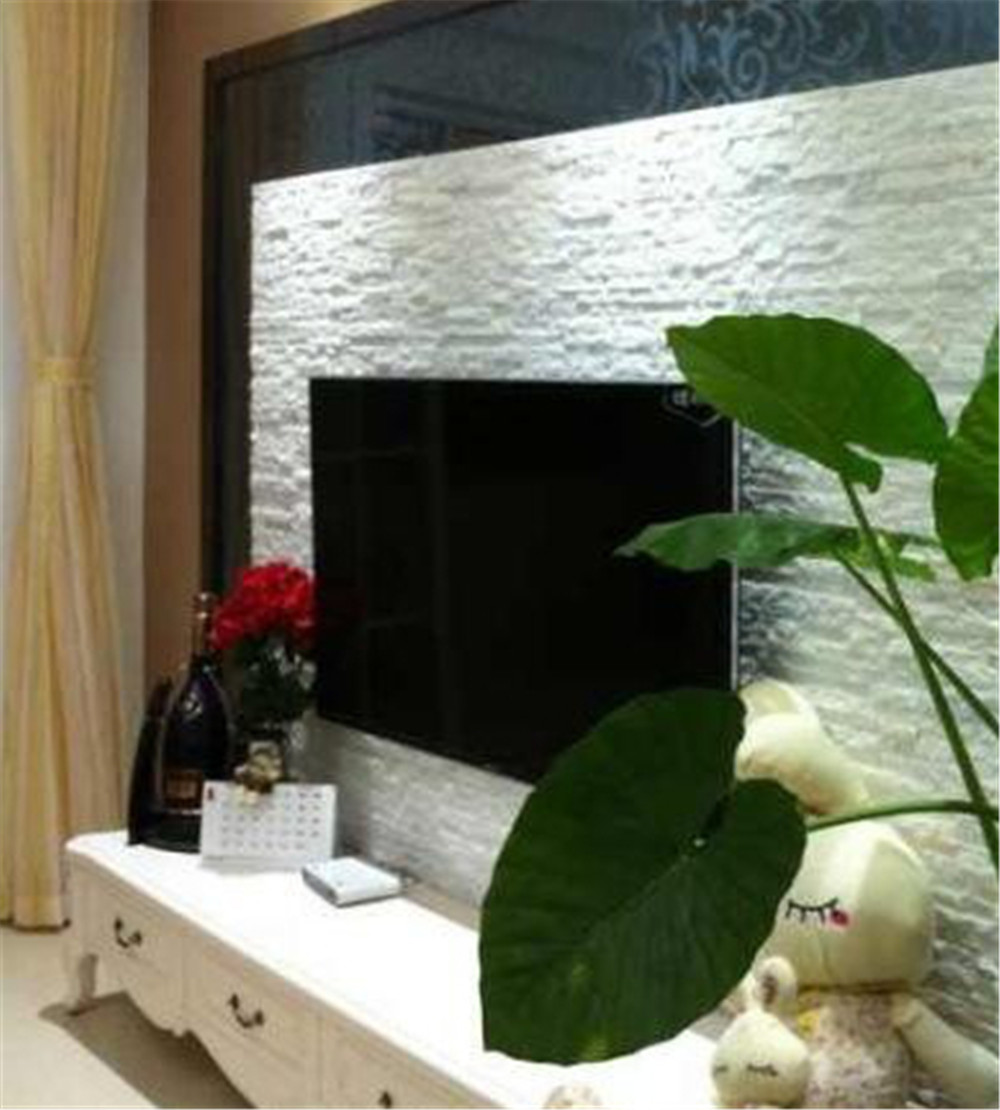Unveiling the Beauty and Versatility of Cultured Flagstone A Comprehensive Guide

Introduction
Cultured flagstone is a popular choice for homeowners, landscapers, and designers looking to add a touch of sophistication and elegance to their outdoor spaces. This versatile material offers the natural beauty of traditional flagstone while providing additional benefits in terms of cost-effectiveness, durability, and ease of installation. In this article, we will delve into the world of cultured flagstone, exploring its origins, characteristics, uses, and maintenance requirements.
Origins and Composition
Cultured flagstone, also known as manufactured or faux flagstone, is a man-made alternative to natural flagstone. It is typically composed of a blend of cement, aggregates, and pigments that are molded and shaped to mimic the appearance of natural stone. Cultured flagstone is manufactured in a controlled environment, allowing for consistency in color, texture, and size.
The production process begins with the selection of high-quality raw materials, including cement, sand, gravel, and pigments. These ingredients are mixed together in specific proportions to achieve the desired color and texture. The mixture is then poured into molds and allowed to cure and set before being removed and finished to create the final product.
Characteristics of Cultured Flagstone
Cultured flagstone offers a wide range of characteristics that make it a popular choice for various outdoor applications. Some of the key features of cultured flagstone include:
1. Versatility: Cultured flagstone can be used in a variety of outdoor settings, including patios, walkways, driveways, pool decks, and garden pathways. Its flexibility in design allows for the creation of intricate patterns and layouts to suit any aesthetic preference.
2. Durability: Cultured flagstone is highly durable and resistant to wear and tear, making it an ideal choice for high-traffic areas. It can withstand the elements, including harsh weather conditions, without losing its color or texture over time.
3. Cost-effectiveness: Cultured flagstone is generally more affordable than natural flagstone, making it a budget-friendly option for homeowners and landscapers. Its lower price point does not compromise on quality or aesthetics, making it a cost-effective alternative to natural stone.
4. Easy Installation: Cultured flagstone is relatively easy to install compared to natural stone, as it is lighter in weight and more uniform in shape and size. This simplifies the installation process and reduces labor costs, making it a popular choice for DIY projects.
5. Low Maintenance: Cultured flagstone requires minimal maintenance to keep its appearance looking fresh and new. Regular cleaning with a mild detergent and water is usually sufficient to remove dirt, stains, and debris. Sealing the surface periodically can help protect the material from moisture and UV damage.
Uses of Cultured Flagstone
Cultured flagstone can be used in a wide range of outdoor applications to enhance the beauty and functionality of any space. Some common uses of cultured flagstone include:
1. Patios: Cultured flagstone is a popular choice for creating stylish and inviting outdoor patios. Its natural appearance and texture add warmth and charm to any patio design, making it a perfect setting for outdoor entertaining and relaxation.
2. Walkways: Cultured flagstone can be used to create winding pathways that connect different areas of a garden or landscape. Its slip-resistant surface and durable construction make it a safe and practical choice for walkways in both residential and commercial settings.
3. Pool Decks: Cultured flagstone is an excellent material for pool decks, as it provides a non-slip surface that is comfortable to walk on barefoot. Its cool temperature and resistance to water make it an ideal choice for poolside areas that are exposed to moisture and sunlight.
4. Driveways: Cultured flagstone can be used to create stunning driveways that enhance the curb appeal of a home. Its durability and strength make it a practical choice for driveways that experience heavy traffic and vehicle weight.
5. Garden Pathways: Cultured flagstone is a popular choice for creating meandering pathways through gardens and landscapes. Its natural appearance and earthy tones complement the surrounding vegetation, creating a harmonious and inviting outdoor space.
Maintenance of Cultured Flagstone
Proper maintenance is essential to ensure the longevity and beauty of cultured flagstone surfaces. Here are some tips for maintaining and caring for cultured flagstone:
1. Regular Cleaning: Sweep or rinse the surface of cultured flagstone regularly to remove dirt, debris, and organic matter. Use a mild detergent and water to clean stubborn stains or spills, avoiding harsh chemicals that can damage the surface.
2. Sealing: Apply a penetrating sealer to cultured flagstone surfaces to protect them from moisture, stains, and UV damage. Reapply the sealer periodically according to the manufacturer's recommendations to maintain the integrity of the material.
3. Preventative Measures: Avoid dragging heavy furniture or sharp objects across cultured flagstone surfaces, as this can cause scratches and damage. Use furniture pads or coasters to protect the surface from abrasion and wear.
4. Weed Control: Keep weeds and grasses from growing between the joints of cultured flagstone by applying a weed killer or using a weed barrier fabric. Regularly inspect the surface for signs of weed growth and remove any unwanted vegetation promptly.
5. Repairing Damages: Fix minor cracks, chips, or stains on cultured flagstone surfaces by applying a patching compound or epoxy resin. Follow the manufacturer's instructions for proper application and curing to restore the appearance of the surface.

Conclusion
Cultured flagstone is a versatile and durable material that offers a cost-effective alternative to natural stone for outdoor applications. Its natural appearance, durability, and ease of maintenance make it a popular choice for homeowners, landscapers, and designers looking to enhance the beauty and functionality of their outdoor spaces. By understanding veneer stone , characteristics, uses, and maintenance requirements of cultured flagstone, you can make an informed decision on whether it is the right choice for your next outdoor project.
